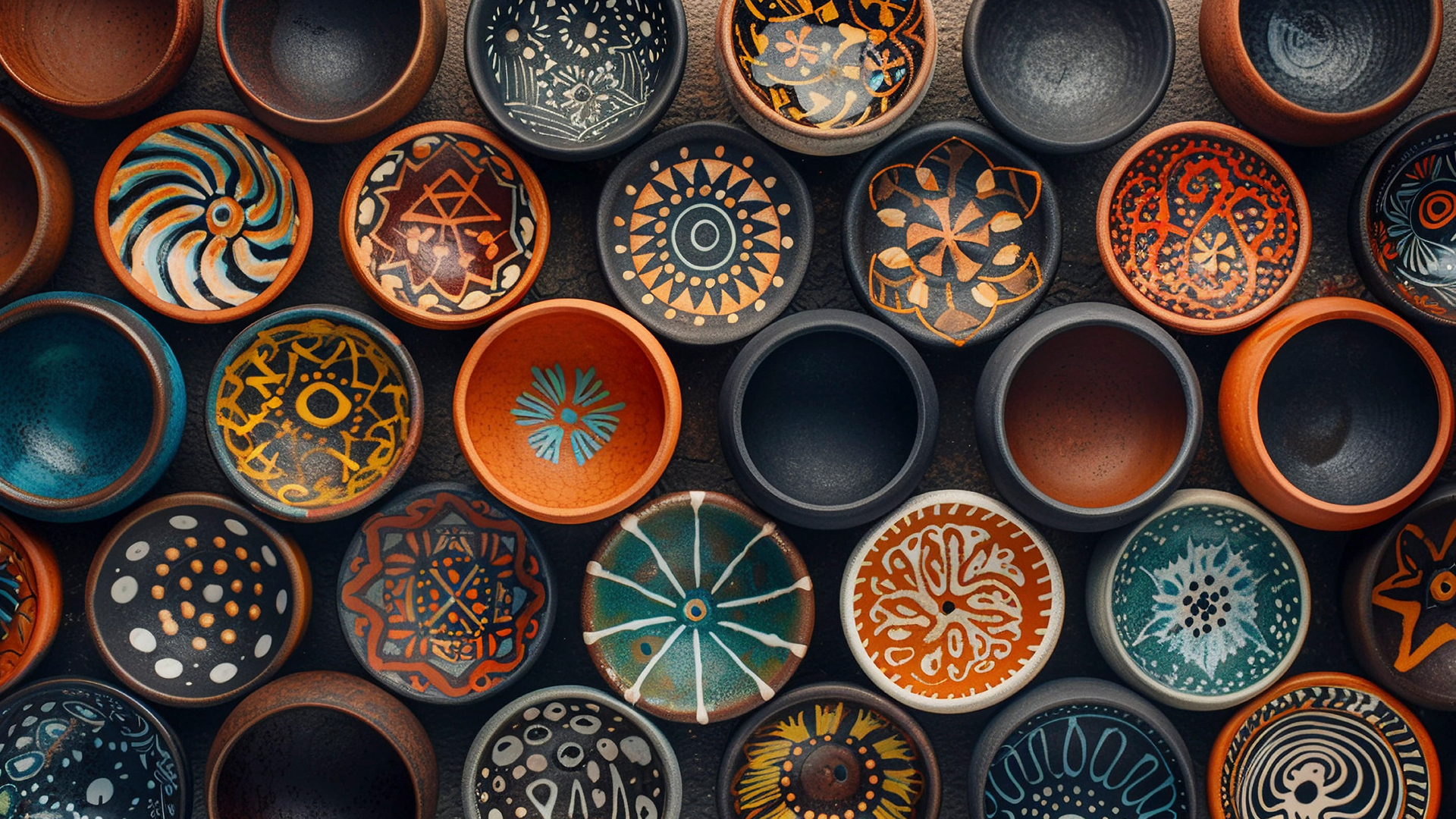How to Design for Ceramic 3D Printing: The Ultimate Guide

The realm of ceramic 3D printing is changing the way we think about making things, designing things, and craftsmanship. This procedure combines traditional ceramic art with modern 3D printing technology to make things that were once unattainable with traditional ceramic methods. It allows for more accuracy, originality, and usefulness. Designers and engineers may now use 3D printing ceramic material to make complex, long-lasting, and heat-resistant designs, whether they are for industrial parts or works of art.
This new technology not only improves the detail and customisation of products, but it also lets you make complicated shapes that traditional moulding or sculpting can’t. As printing technology and material science have improved, ceramic printing has become a useful tool for fields including architecture, medical devices, and aerospace. It mixes style with engineering accuracy, opening up a whole new world of design options.
Table of Contents:
Knowing About Ceramic 3D Printing Materials
The materials utilised are what make ceramic 3D printing work. Clay, porcelain, alumina, zirconia, and silica are all common materials used in 3D printing ceramics. Each one has its own level of strength, heat resistance, and polish. These materials are processed in liquid or powder form and carefully layered to make a model. Then, they go through sintering or fire to get their final hardness.
Another fascinating new technology is ceramic resin 3D printing, which employs specific polymers that have ceramic particles in them. After being printed, these parts are cured and fired, which turns them into pure ceramic objects. This method guarantees a more accurate and smoother finish, which is perfect for jewellery, fine art, or complex mechanical parts that need to be both beautiful and strong. To choose the proper material for your project and get the best strength and surface quality, you need to know what each one is like.
Making 3D Printing Perfect For Ceramics
Making things for ceramics 3D printing isn’t simply making a digital model; it’s also about knowing how the material will act at each step of the process. The thickness of the walls, how much they shrink when fired, and where the supports go are all very important to how well a print turns out. If ceramics aren’t constructed correctly, they can bend or break. That’s why modelling needs to be done with care and testing.
The technique makes designers think outside the box. The capacity to print intricate shapes, delicate patterns, and useful structures strikes a balance between art and engineering. The combination of digital design and ceramic strength makes objects that are both useful and beautiful, from industrial moulds to medical prosthesis.
Finishing Touches and Post-Processing
After a ceramic 3D print is done, the next step is post-processing. To get to its final shape, the printed object has to cure, sinter, and sometimes glaze or polish. Sintering is very significant since it makes the material solid and stronger and better able to handle high temperatures. Glazing adds a coating that protects and looks nice, and it can be either matte or glossy, depending on how you choose to utilise it.
You need to be skilled, patient, and pay close attention to detail to do these steps. The end product is a sturdy, heat-resistant, and beautiful item that can be used in art, design, or engineering. 3D ceramic printing makes sure that the final result keeps both its shape and its function, whether it’s a specific ceramic part for an industrial project or a decorative art piece.
Making A Vision Come True
The future of ceramics is in combining technology with art. As ceramic 3D printing gets better, it opens up endless possibilities for changing the way things are made and the way art is made. This approach is one of the most fascinating new things in modern design and engineering since it is so accurate, customisable, and flexible.
If you’re ready to make your idea a reality, contact us today to find out how we can help you do that with innovative ceramic 3D printing solutions that are made just for you.
